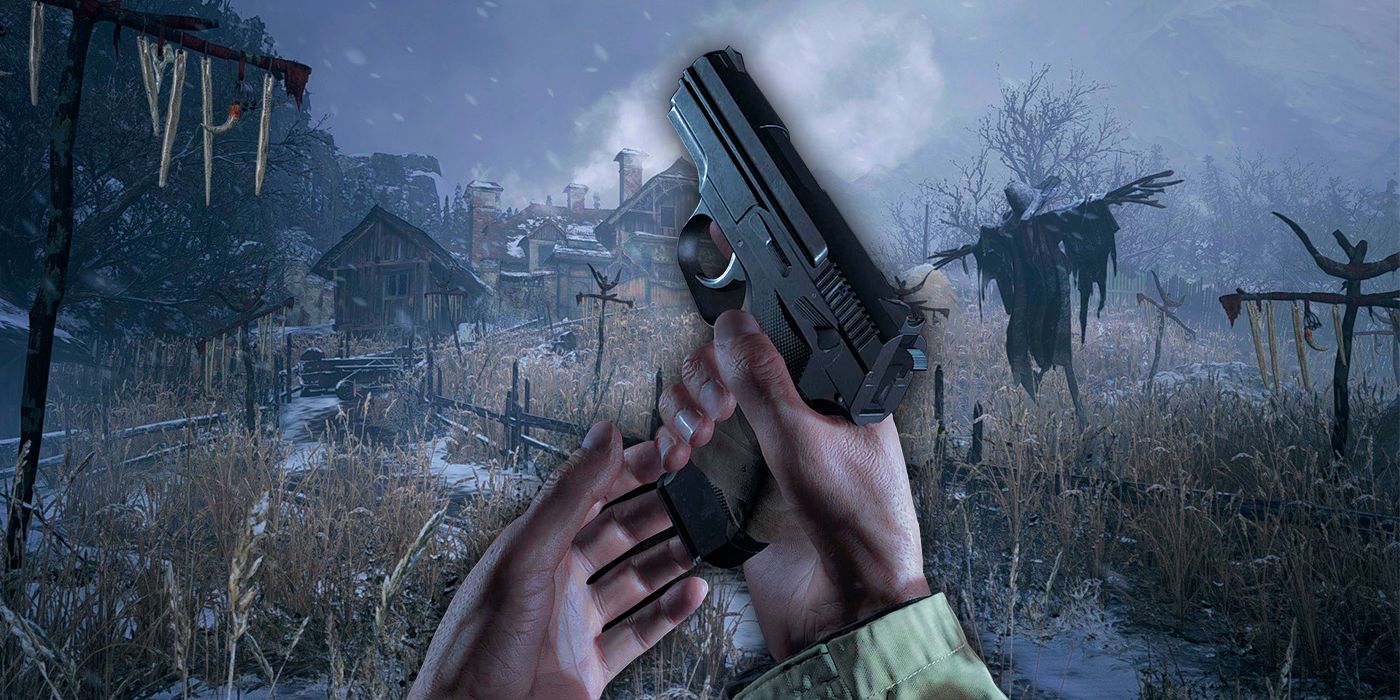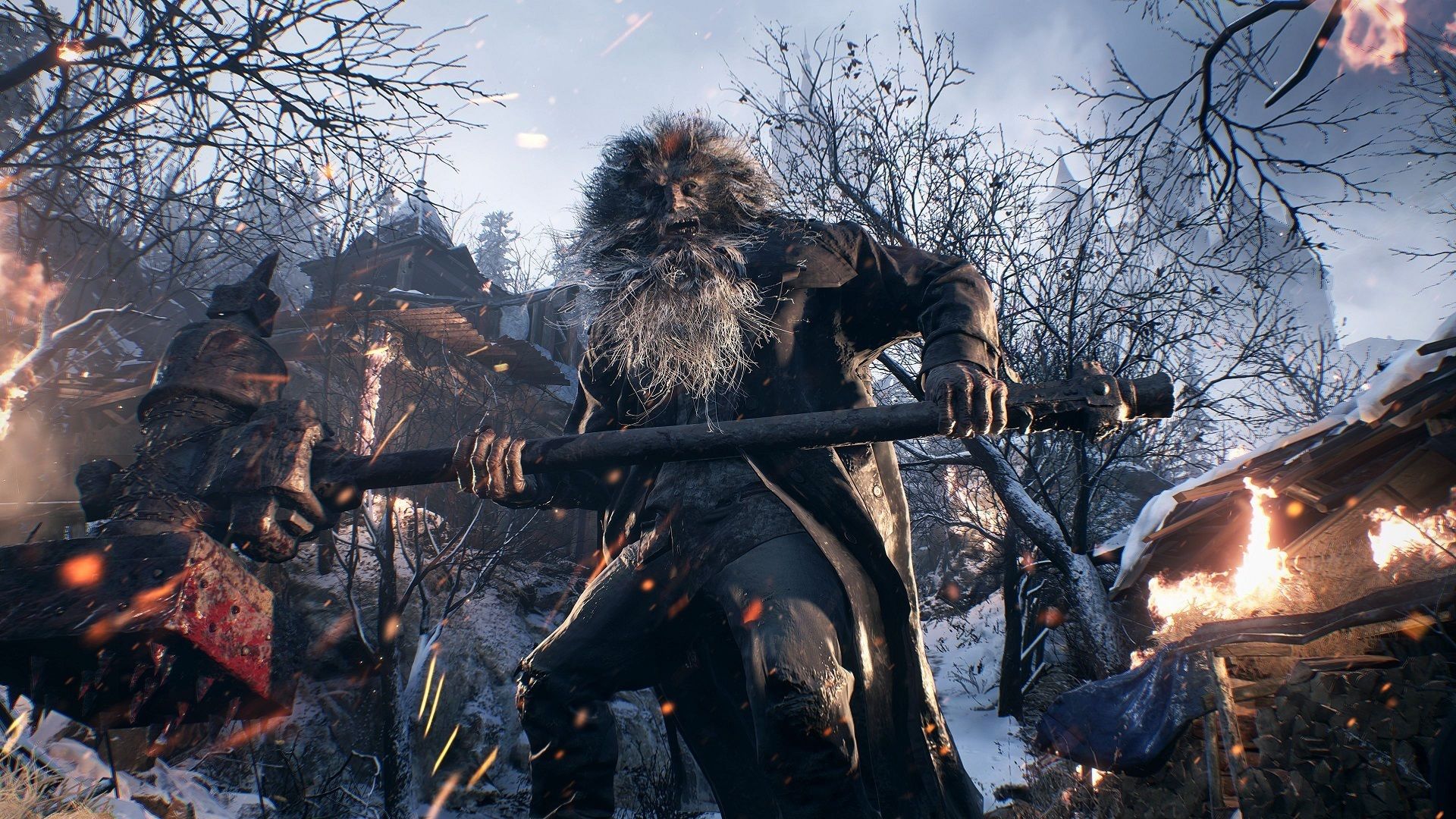This year's hottest video game has an intrepid, battle-hardened warrior wander alone into a remote, Eastern European village overrun by ravenous monsters. Exploring everything from foreboding castles to sinister factories and laboratories, this protagonist must rely on his wits and an array of weaponry to stay alive and triumph over the forces of darkness. While this premise serves as the overarching setup for Resident Evil Village, the broader scenario could just as easily applied to Konami's acclaimed Castlevania franchise, with generations of the Belmont Clan liberating Transylvania from Dracula and his armies of monsters across centuries. And more intriguingly, Village provides a glimpse at how Castlevania could adopt a similar gameplay shift itself to great effect.
Following the radical shift in gameplay format from its immediate predecessor, 2017's Resident Evil 7: Biohazard, Village has players take on a first-person perspective rather than the third-person approach the previous installments had followed. Returning the Resident Evil franchise back to its survival horror roots after years of a more action-oriented tone, Biohazard and Village have protagonist Ethan Winters fight through a whole myriad of enemies.
The new game draws visible influence from the classic Universal Monster movies in the form of covens of vampires and werewolves, a Frankenstein-esque villain churning out his own line of composite creatures and an aquatically-inclined antagonist as this sinister set's own riff on the Creature from the Black Lagoon. This setting and variety of bestiary is something shared with Castlevania.
Primarily taking place in the Romanian region of Transylvania, Castlevania has always boasted classic monsters right from its original 1986 installment. Of all the different gameplay innovations the franchise has tried over the years to keep players coming back for more -- including adopting a nonlinear approach to level progression, incorporating RPG elements and employing an open world map -- it has yet to shift to a first-person perspective with gameplay. For a franchise that has languished in inactivity for years, this could be the approach Castlevania needs to successfully reposition itself for a new generation.
While Castlevania has certainly delivered evocative environments, running heavy on its horror influences, the franchise has never been particularly scary. Instead, Castlevania has largely been action platforming games with horror sensibilities in its level and enemy design. A first-person perspective would do more than allow players to appreciate a richer, more immersive dive into the Belmonts' eternal struggle to rid the world of Dracula, it could capture the terror of Transylvania just as Capcom has with its recent Resident Evil titles, certainly featuring the setting and variety of familiar foes that make such a transition in perspectives and tones seamlessly.
Resident Evil 6 had been derided by some of the Resident Evil fanbase for straying too far from the franchise's survival horror roots, a criticism that had been present in many ways since Resident Evil 5. Biohazard provided the franchise with a means to place the player front and center with its return to survival horror while Village has woven back in more combat and exploration elements without compromising on the terrifying return to form. Castlevania is one video game franchise that could use a similar shot in the arm to reinvigorate the fanbase and Village has offered a clear example of how the Belmonts' next adventure could be more effective in first-person than simply sticking to the formula.
Developed and published by Capcom, Resident Evil Village is available now for PlayStation 5, PlayStation 4, Xbox Series X|S, Xbox One, PC and Google Stadia.


